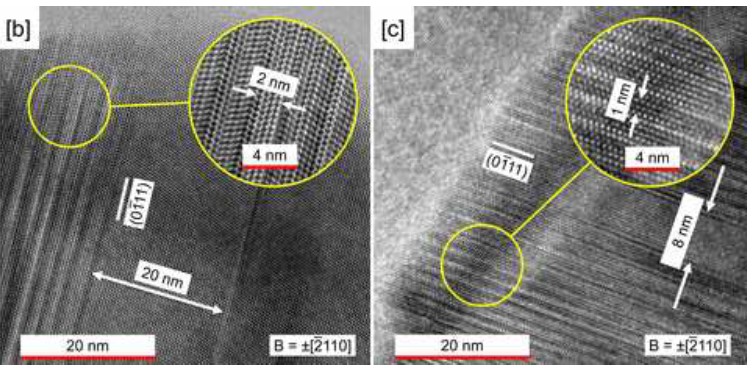Seminar Schedule – Spring 2019
Thursday, February 14, 2019
Time: 3:30pm – 5:00pm
Place: ASE 2.134
Pressure-induced amorphization in ultrahard ceramics: A thermodynamics-based theory for boron-rich icosahedral ceramics
Ghatu Subhash, University of Florida
The hardest materials for engineering applications include diamond (HV>100 GPa), cubic-boron nitride (HV=60-75 GPa), boron carbide (HV=30=35 GPa), and boron suboxide (HV>40 GPa). While the former two materials have diamond structure with a density of 3.5 g/cm^3, the latter two have icosahedral structure with a density of 2.5 g/cm^3. These icosahedral solids exhibit high compressive strength (in excess of 5 GPa) and better thermal and chemical stability than diamond-like structures. These properties favors them in applications including protective armor, abrasives and wear resistant materials, machine tool bits, etc. However, under high-pressure deformation, such as those encountered in ballistic impact, these boron-rich solids undergo a deleterious deformation mechanism referred to as ëamorphizationí. Mystery has surrounded the appearance of new peaks in Raman spectrum of amorphized boron carbide (B4C), but to-date, no convincing explanation exists on its origins. This mechanism has been responsible for reduced hardness and nonrealization of the intrinsic potential of these materials. In this research, the pressure-dependent response of the amorphized B4C is investigated using experiments, microscopy and Raman spectroscopy. We propose a new rationale towards deciphering the amorphization centered on explanation of atomic interactions in the amorphous islands. Quantum mechanical simulations (DFT and DFPT) are utilized to understand the stresses dependence of Raman spectra, while results from molecular dynamics (MD) simulations of volumetric compression and shock loading are used to understand thermodynamic aspects of amorphization. Temperature rise close to melting point is generated during the high-pressure deformation of B4C in isolated nanoscale regions. The derived pressure-volume relationship (Hugoniot) has been found to match well with reported experimental data. The consequences of amorphization are addressed in relation to volumetric change in the amorphized material and the stress state in the surrounding regions. The simulated Raman spectra were compared with high pressure (up to 100 GPa) experiments to offer insight into the kinetics of amorphization.
Finally, new avenues are proposed to improve the stability, amorphization resistance, and mechanical performance of boron carbide. Overall, these results provide new insight into the links between polymorph crystal structure, deformation response, and Raman spectra while simultaneously laying the foundation for polymorph-level design of boron carbide. In case of boron suboxide, novel strengthening mechanisms such as nanotwinning (twin spacing of nm size, shown below) were attributed to reduced amorphization and increased hardness. We will rationalize these observations and provide mechanistic arguments towards development of structural ceramics with hardness in excess of current thresholds.

For further information, please contact Dr. K. Ravi-Chandar at ravi@utexas.edu or (512) 471-4213.


